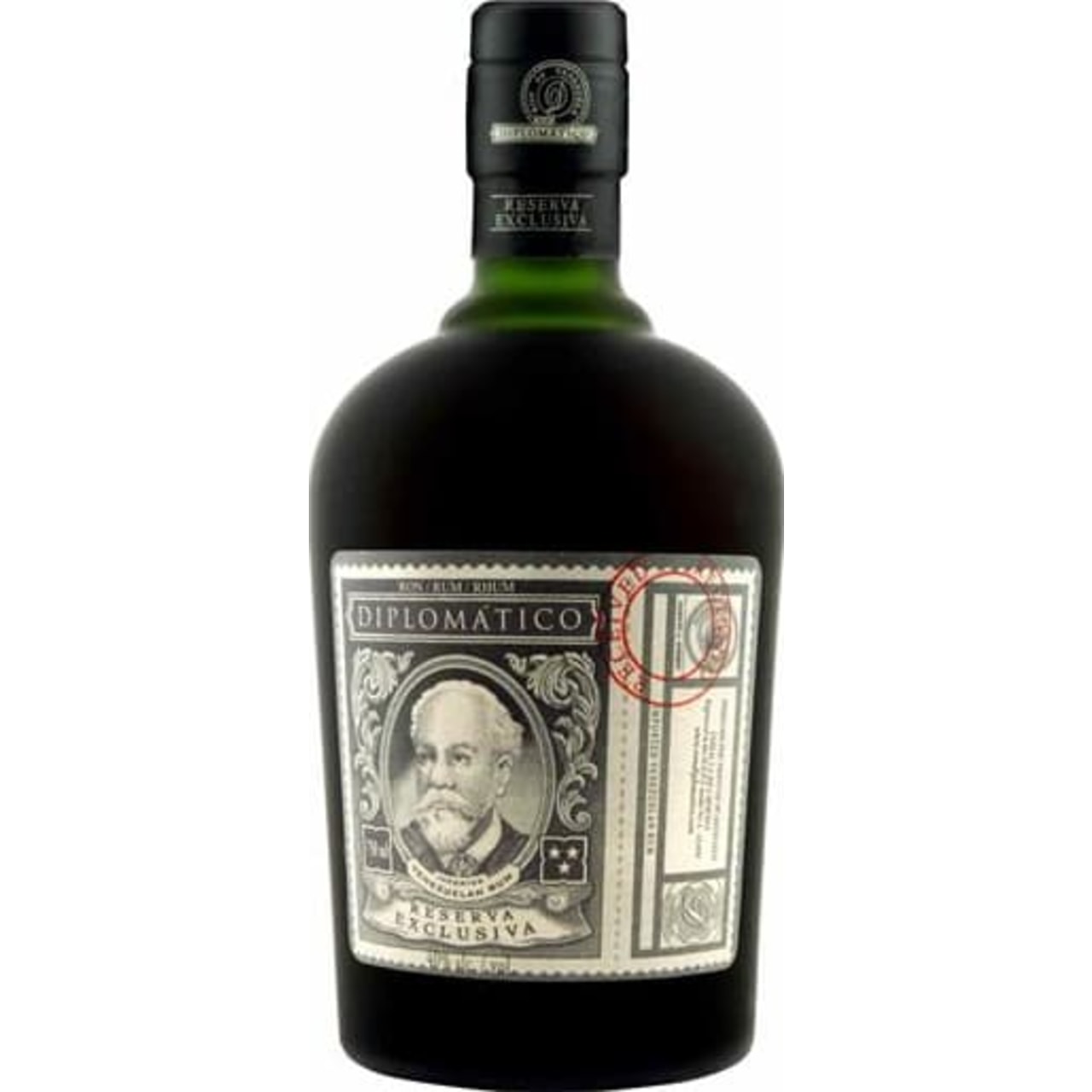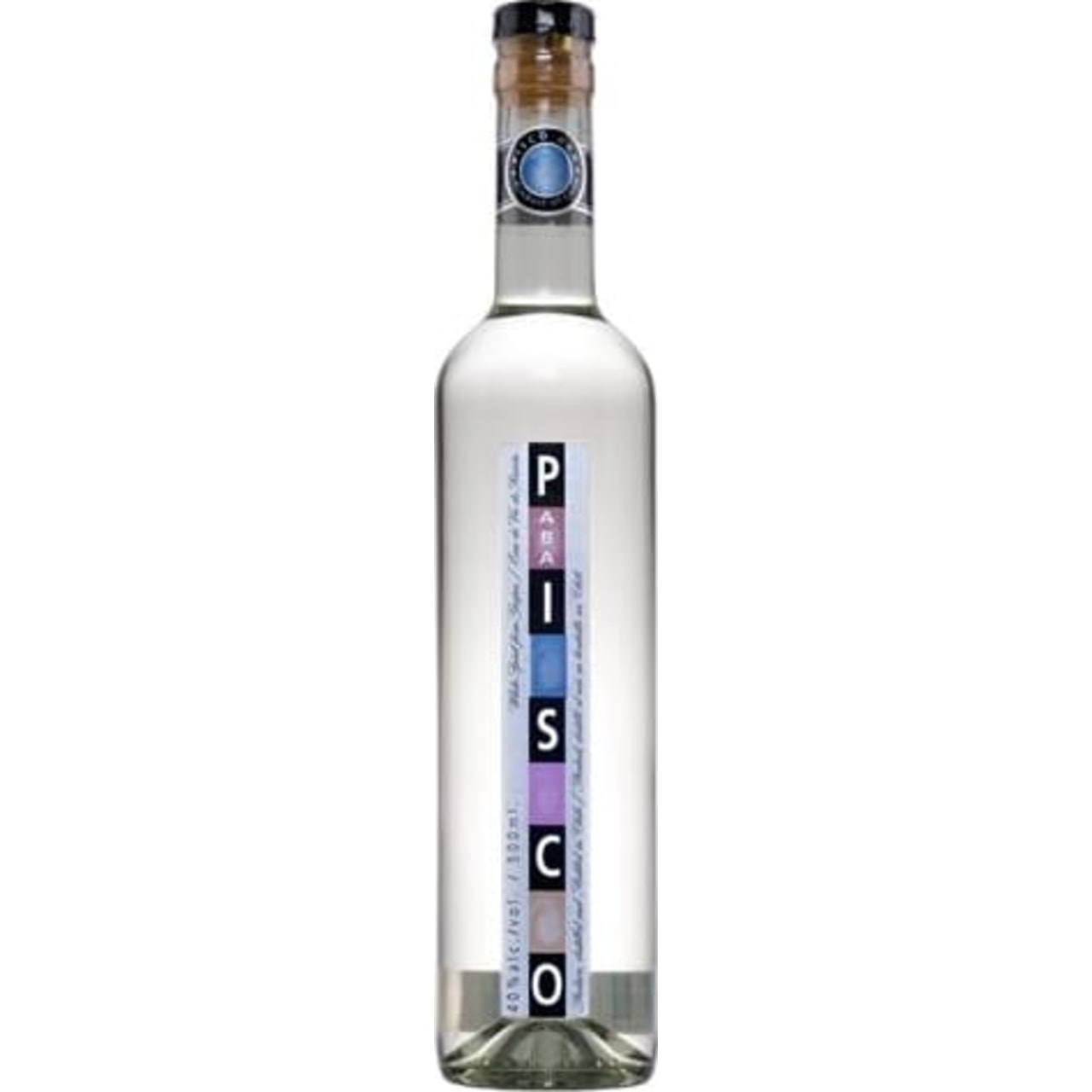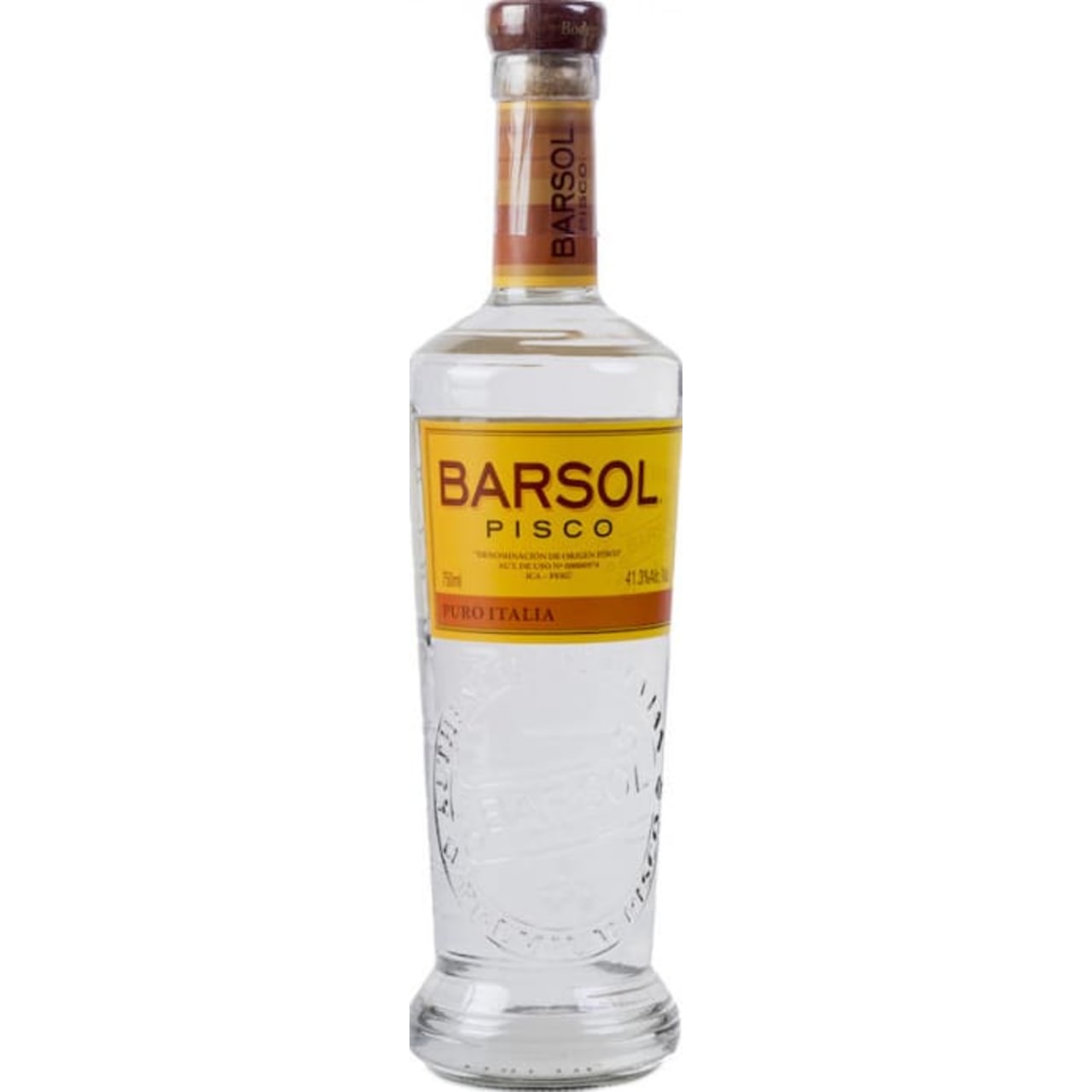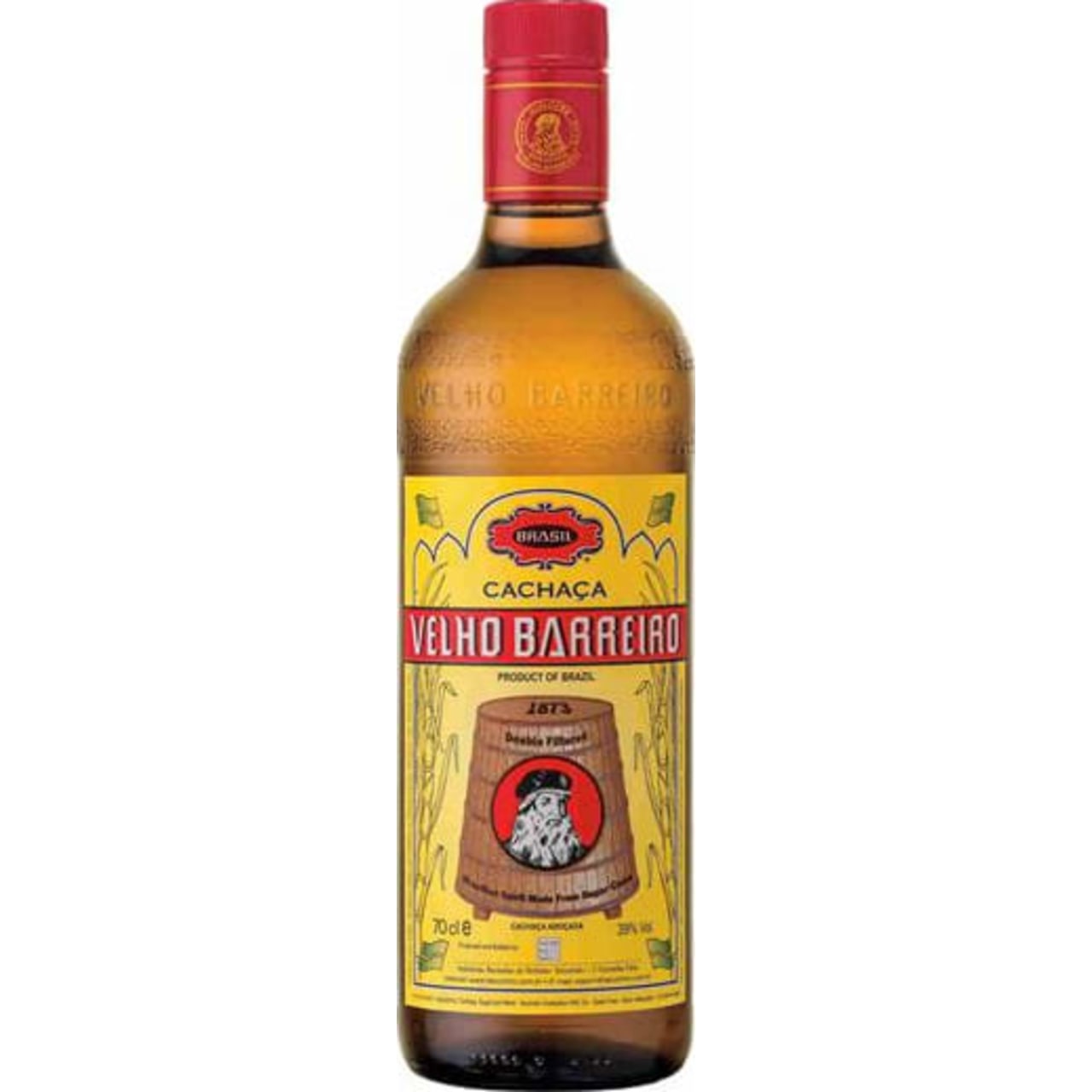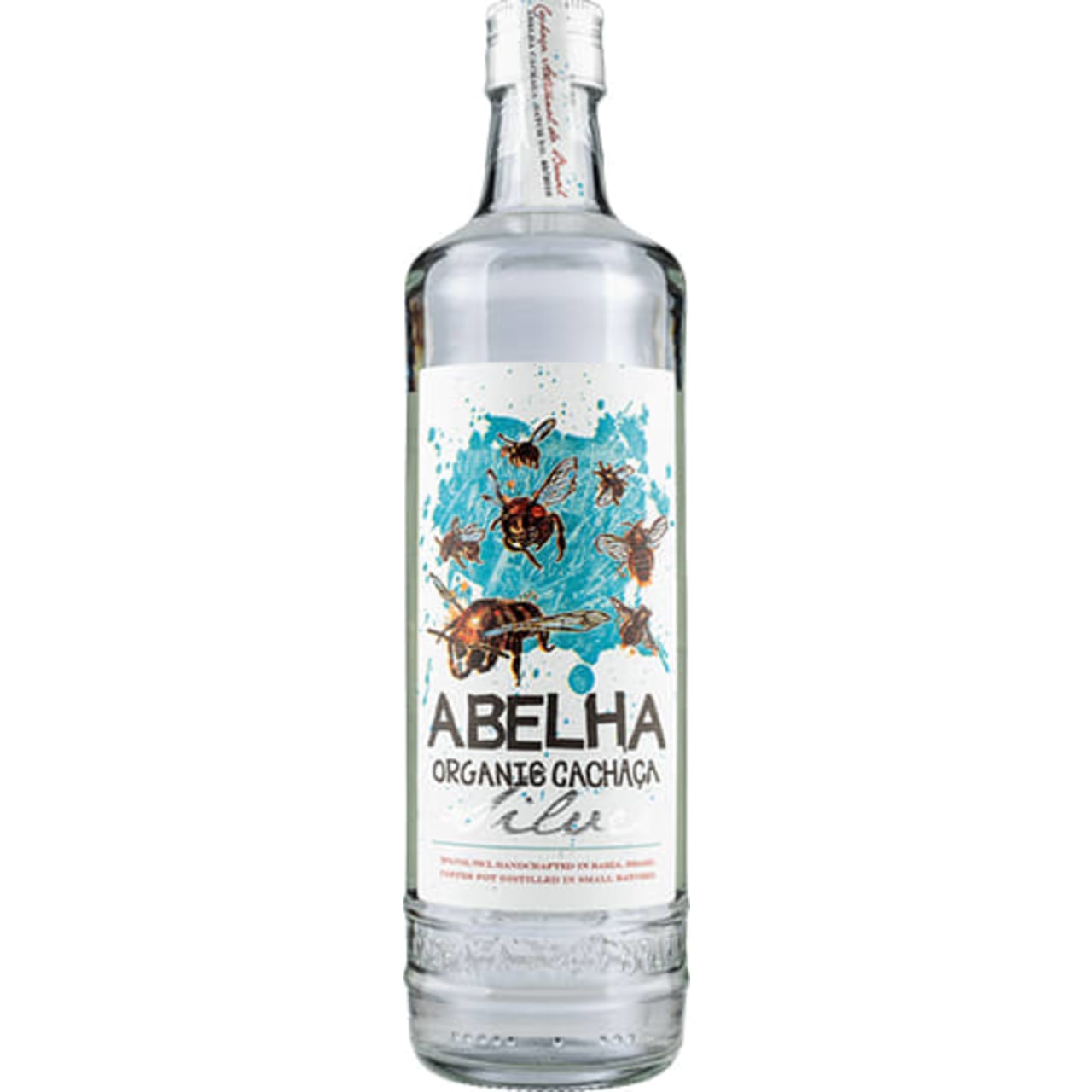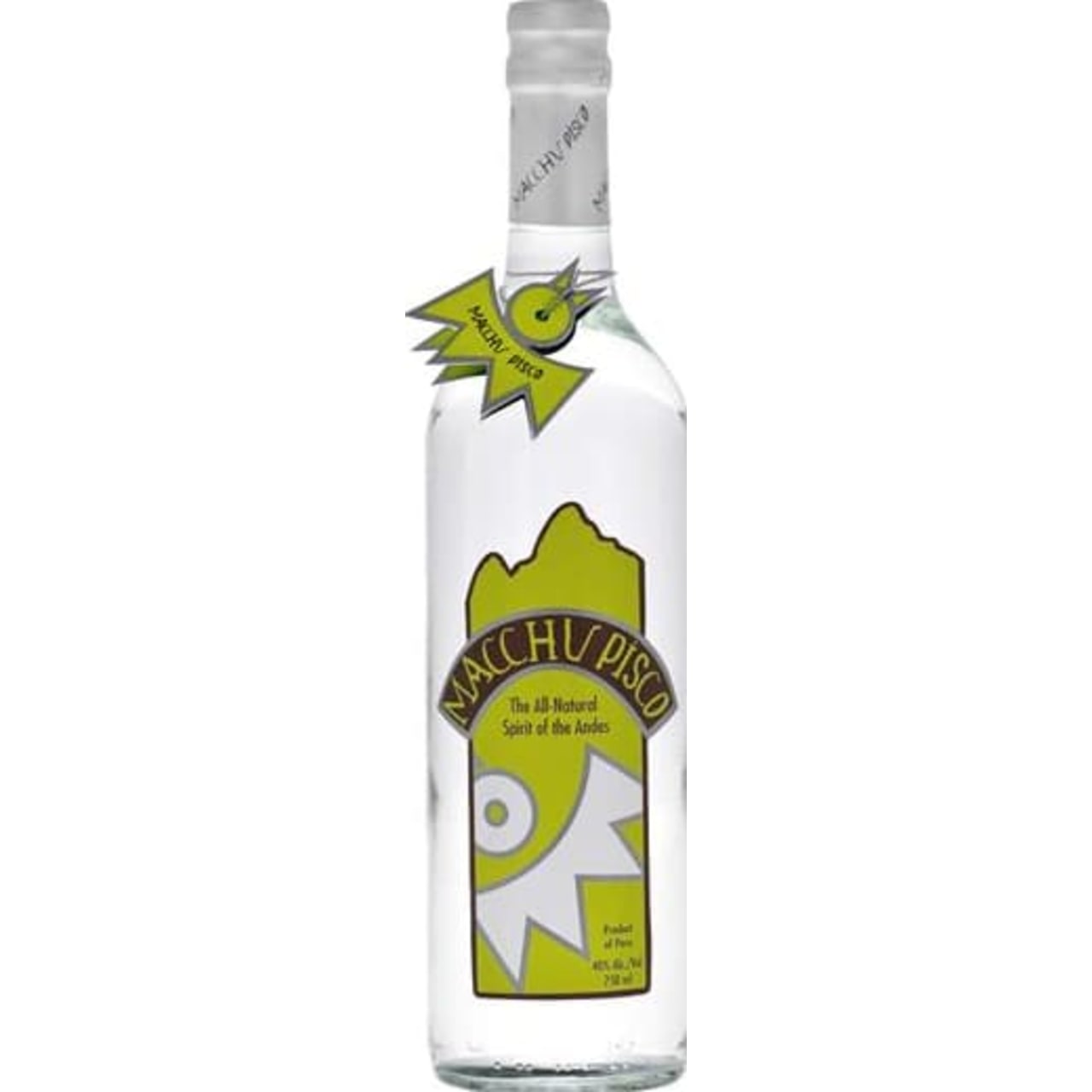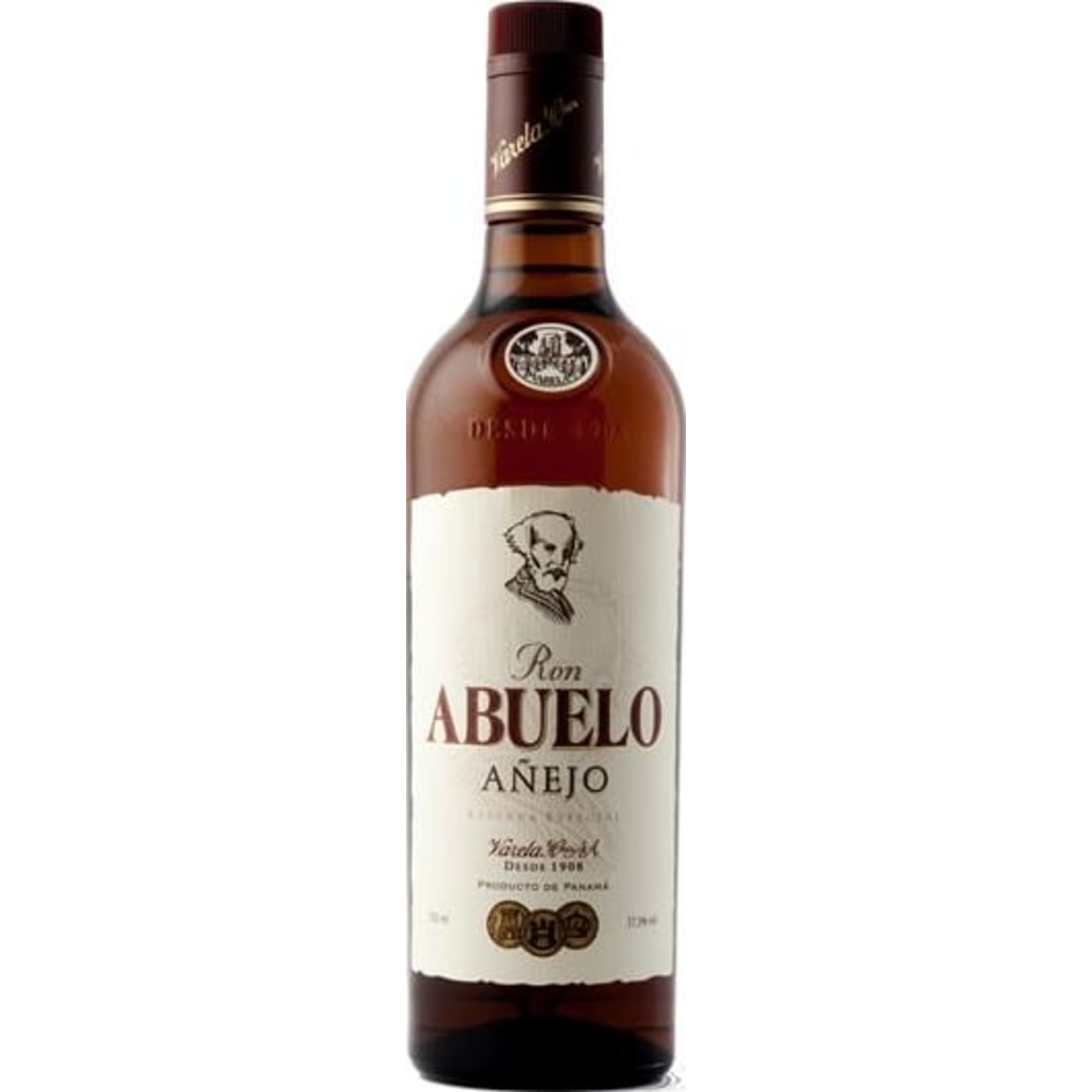There's a certain vivacity imbued in the spirits of Latin America, a potent life-force that infuses every glass. It’s unlike anywhere else in the world.
Like the region they spring from, the spirits made there are full of history, drama and an uncontainable zest for life.
Here, we'll delve into the spirited heritage of these diverse elixirs, from the smoky profundity of Mezcal to the zestful vibrancy of Cachaça, exploring the spirit-soaked journey of Latin America along the way.
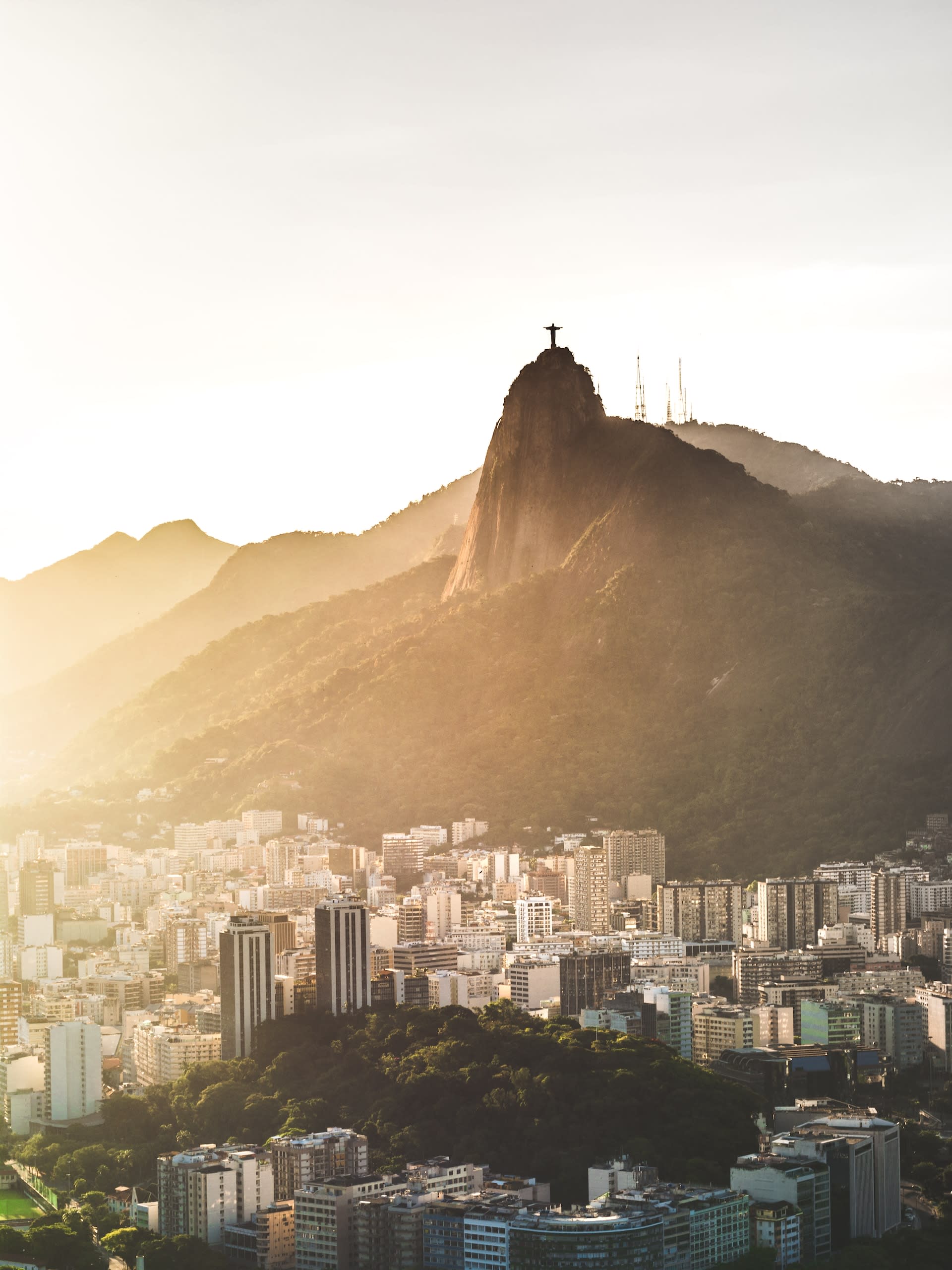

Let's begin with Brazil's national spirit, Cachaça, a liquor distilled from sugarcane juice and an integral part of the country's identity.
A first sip might have you envisioning a samba parade - all rhythm, dance and infectious energy. The spirit is the cornerstone of the Caipirinha, a cocktail as synonymous with Brazil as Christ the Redeemer.
Yet, Cachaça's story is as bitter as it is sweet, echoing Brazil's tumultuous history of colonial exploitation and sugarcane slavery. It's a spirit that has, over time, become a symbol of resistance and national pride.
Today, there is the full spectrum of producers, operating at at every scale imaginable. Yes, there are the super sized industrial behemoths, but you'll find artisanal Cachaça producers championing sustainability and organic farming, reflecting Brazil's growing commitment to ecological preservation.
Venture west, and you'll encounter the seductive Pisco of Peru and Chile, a clear brandy born from the first grapevines planted by Spanish conquistadors. Like the rugged Andean peaks where the grapes are grown, Pisco reflects the region's natural grandeur and stoic resilience.
Pisco is a tale of two countries, each with their unique styles and fervent claims to its origin. In Peru, Pisco is distilled only once, whereas in Chile, it undergoes double distillation - each method echoing their distinct cultural approaches to life and tradition.
You’ll find countless examples of how the grape's journey from vine to bottle is a labour of love, passed down through generations. Vineyards in both countries, although small in size, bear the weight of centuries-old traditions and techniques – a parallel that’s key to remember as so much of the Pisco “education” today focusses on what the differences are, not what binds their heritage.
Mezcal, Mexico's smoky sirena, is our next stop. This is no tequila; it's tequila's untamed cousin, often showcasing the raw, earthy spirit of Oaxaca. Each bottle is a love letter to ancient traditions, distilled from the heart of the agave plant and still crafted in centuries-old palenques. The term "Mezcal" itself comes from Nahuatl, meaning "oven-cooked agave," encapsulating the spirit's intimate connection to its indigenous roots.
Don't be surprised to find a Mezcaleria (mezcal bar) bustling with locals sharing tales over a glass; this is a drink of community and shared experiences, much like life in Mexico itself.
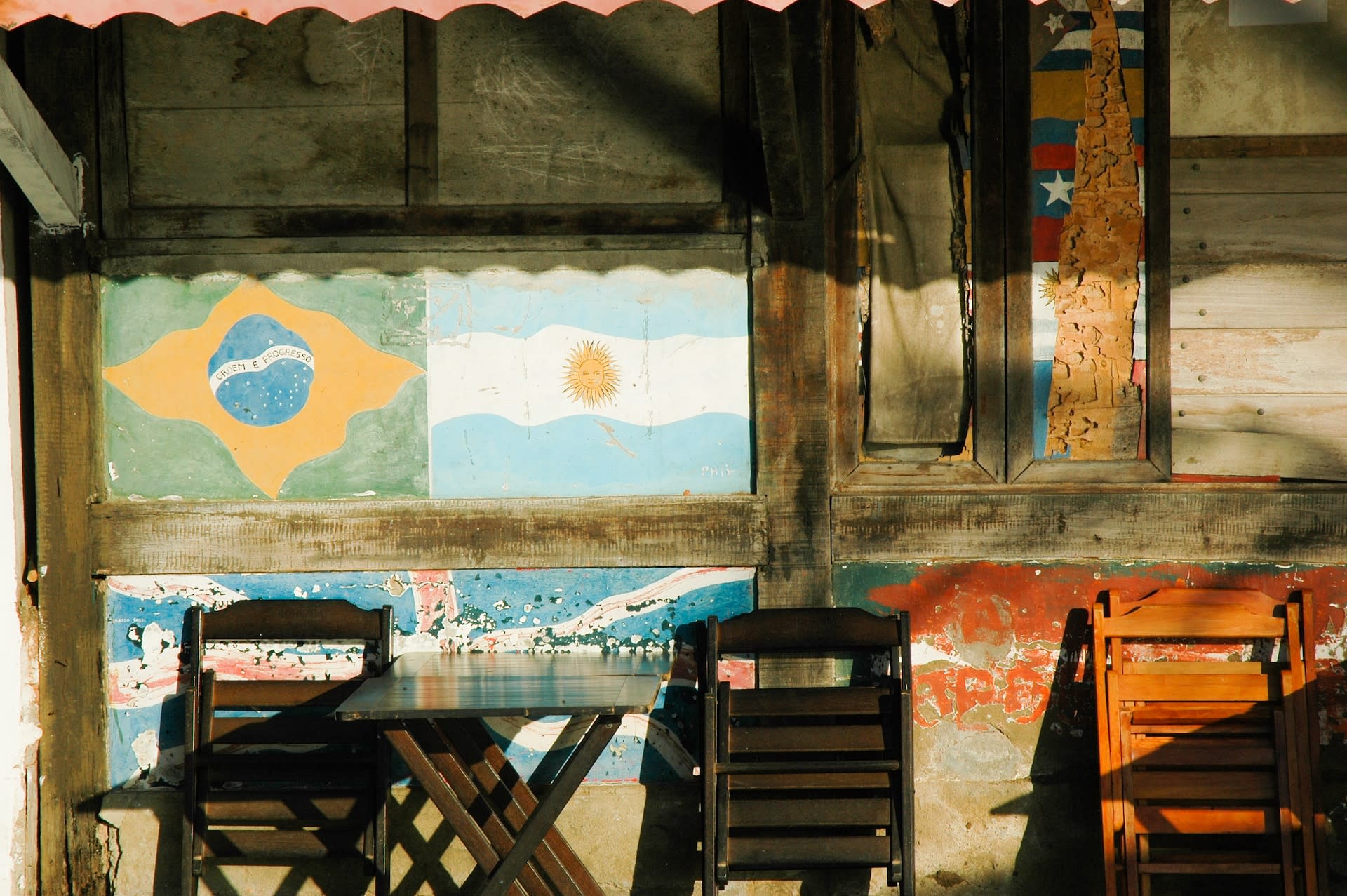

Latin Rum evolves
A spirited journey around Latin America won't be complete without a nod to Rum. From the dark, molasses-rich rums of Nicaragua to the lighter, crisper rums of Puerto Rico, this spirit is as diverse as the region itself. Distilled from sugarcane or its by-products, rum is the lifeblood of the Caribbean. Here, rum isn't just a spirit; it's a celebration, an intrinsic part of festivals, music, and social gatherings.
But beneath the celebratory veil, rum also carries the echoes of the colonial past and the region's fight for independence.
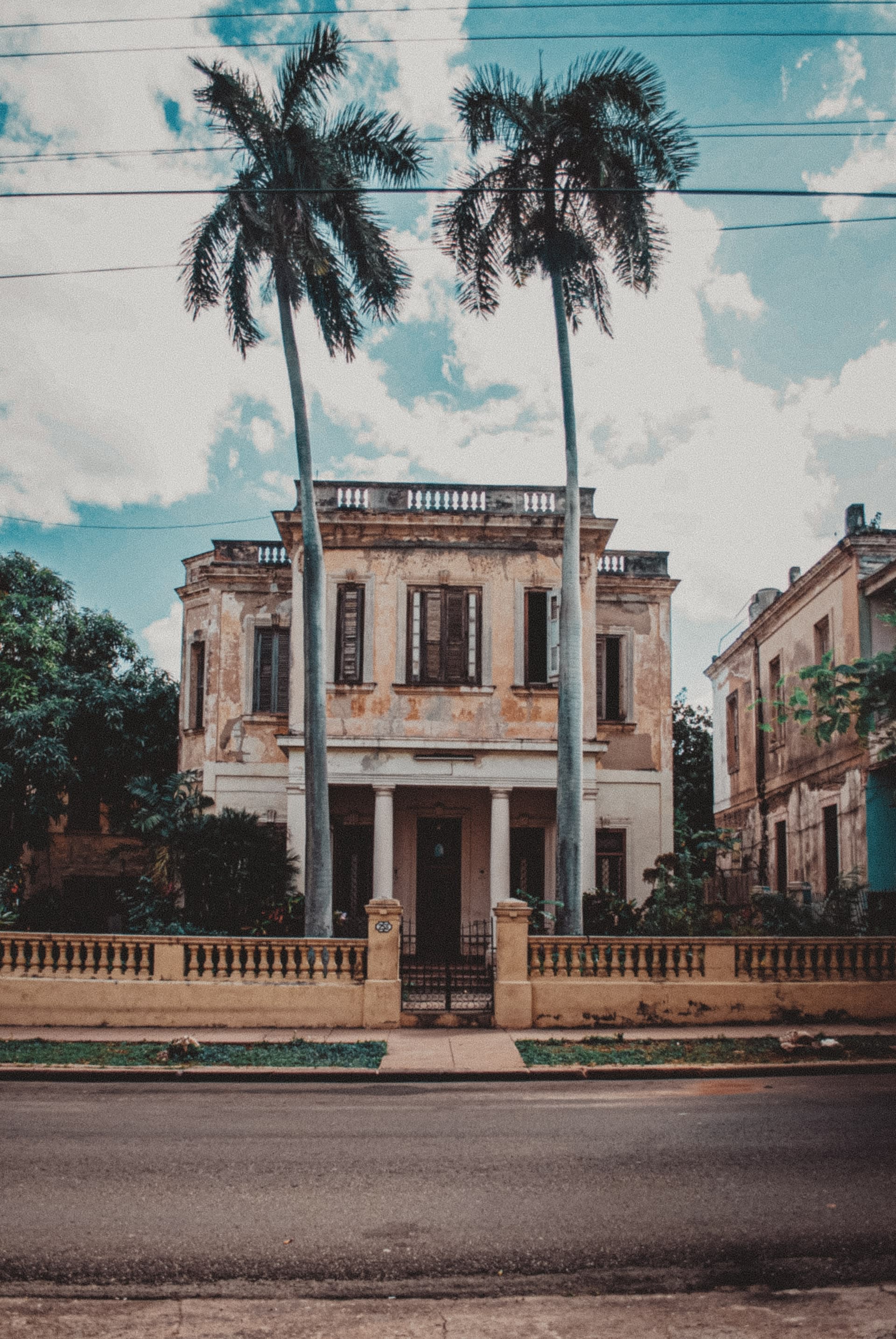

The sweet sap of the sugarcane plant has played a profound role in the history of Latin America, with its influence stretching across oceans and centuries.
The "sugar trail," as it is often known, can be traced back to the arrival of Columbus, who introduced sugarcane to the Caribbean on his second voyage in 1493. The plant thrived in the tropical climate, sparking a sugar boom that reshaped the region's economy.
As plantations spread throughout the Caribbean and Latin America, they not only fuelled the colonial powers' lust for sugar but also gave birth to the region's signature spirits.
However, the sugar trail also carries a history of exploitation and enslavement. The sugar industry was built on the backs of millions of African slaves, a haunting legacy that still echoes in the region's collective memory.
It's a testament to the strength of the Latin spirit that rum (in all its forms), born from such hardship, has evolved to symbolise joy, celebration and communal resilience. The sugar trail, in essence, is a story of transformation: of a simple cane into sweet crystals, of struggle into strength, of history into high spirits.
Each sip of rum from the producers in the region carries that weight of legacy, both good and bad, and it’s there for those to engage with should you want to look beyond the flavours in your glass.
Latin spirits - a taste of the region's soul
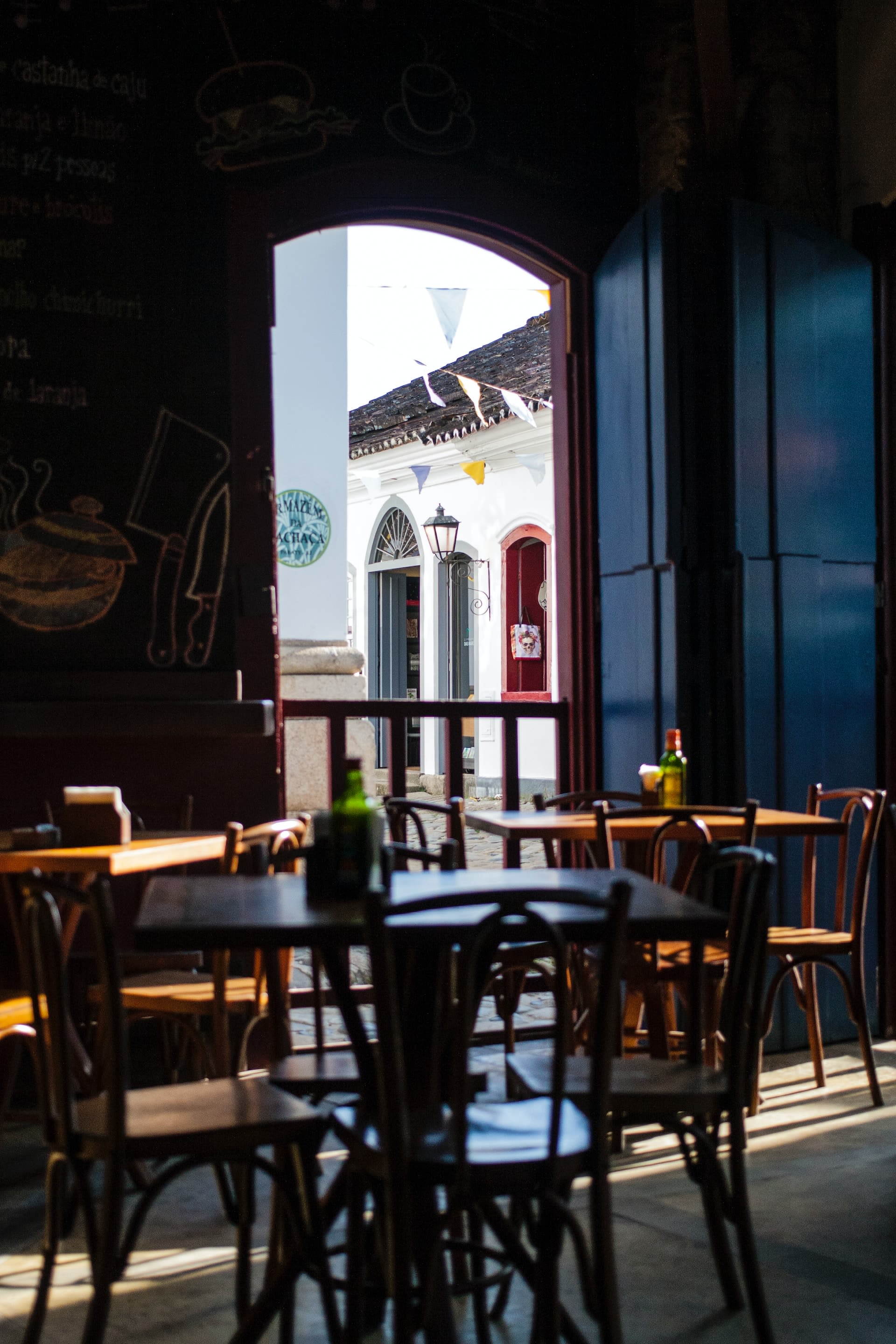

When one thinks of Latin American spirits, the iconic image of a Tequila bottle often springs to mind. But to limit one's perception to this single expression would be to skim over the rich and complex tapestry that forms the region's spirited heritage.
The true essence of Latin America lies not in the commercial production lines of Tequila, but in the artisanal distilleries scattered across the region, where generations-old family recipes are being upheld and celebrated. That’s still true for some Tequila, more so for Mezcal and even more so if you look beyond Agave.
Take for instance the rustic distilleries of Haiti, where the local spirit, Clairin, is crafted. Made from native sugarcane and fermented using wild yeasts, Clairin is a tribute to the island's rich biodiversity and a testament to its inhabitants' resourcefulness and skill.
It's hard not to mention Raicilla from Mexico, or Singani from Bolivia, the lesser-known but equally intriguing distillates, each reflecting their unique terroirs and ancient traditions. Look at the way heirloom corn varieties are being turned into Whisky and Liqueurs, or the arrival of Mexican Rum - there are countless stories not yet fully told.
Latin America's spirits are indeed a reflection of its people – vivacious, robust, diverse, and imbued with an unyielding spirit of resilience.
Each bottle is a microcosm of the community it originates from, carrying within it their stories, their history and their passion. When you explore these spirits, you're delving into the beating heart of Latin America, immersing yourself in a world where ancestral traditions continue to shape the everyday.
If you are willing to suspend disbelief for a second and engage with the cultural links drinks speak to, a sip of these iconic Latin spirits can offer a taste of the region's soul, a whisper of its past, and a toast to its future.
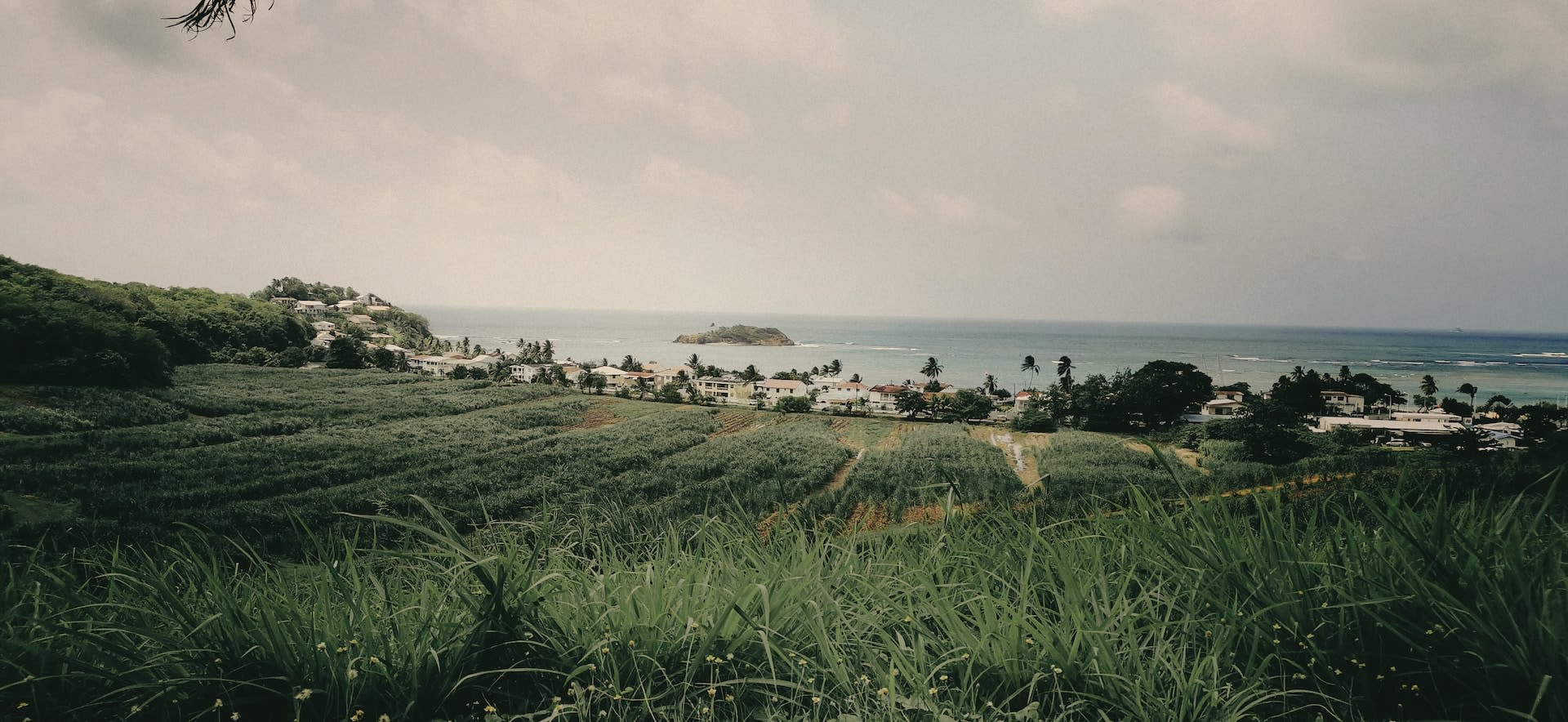

The next time you find yourself with a glass of Cachaça, Pisco, Mezcal or Rum, remember you're not just consuming a drink, but participating in an enduring cultural narrative, one that encompasses huge contrasts - joy and hardship, community and independence, tradition and innovation.
A narrative that much like the spirits themselves, is beautifully complex and unabashedly vibrant. As the Latin saying goes, "In vino veritas, in aqua sanitas" - in wine there is truth, in water health. But in these Latin spirits, you'll find a little bit of life itself.
Salud!


